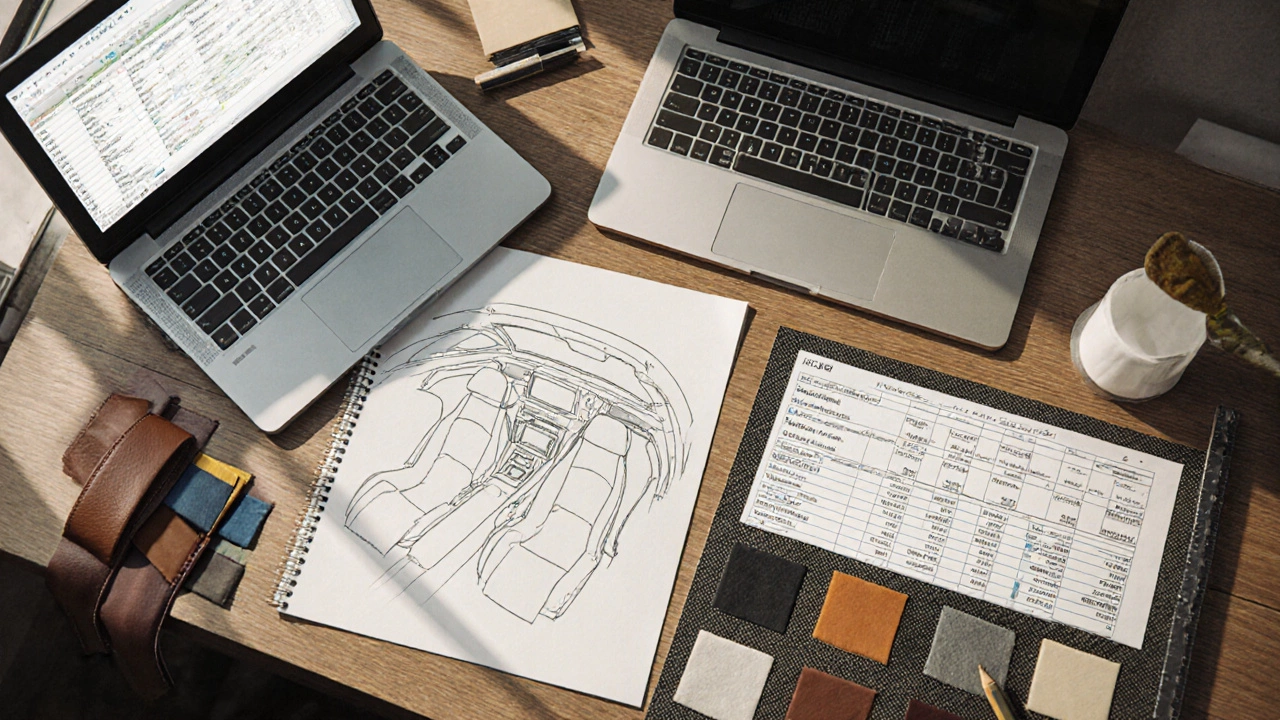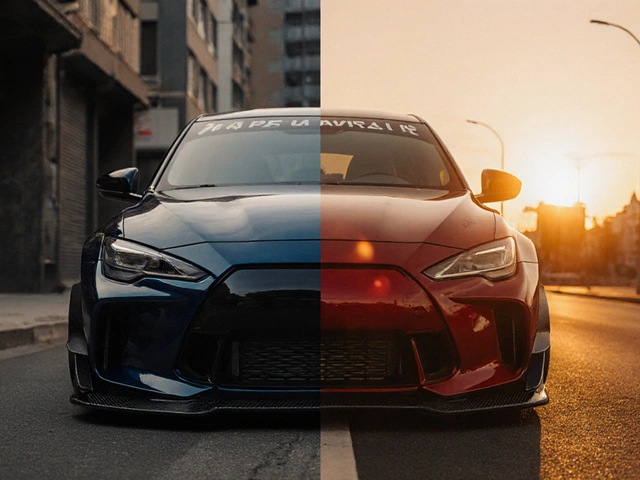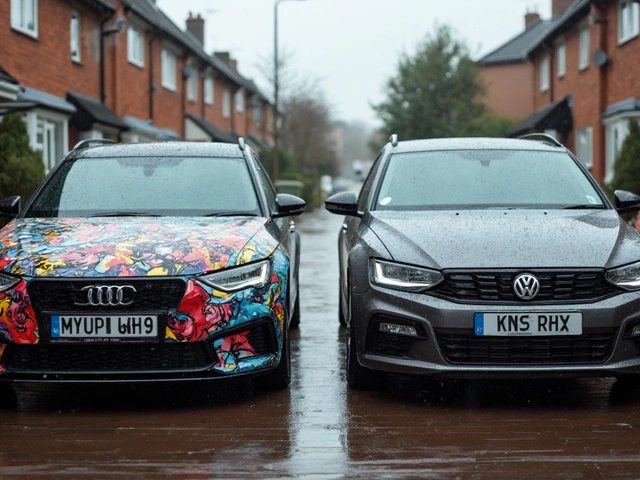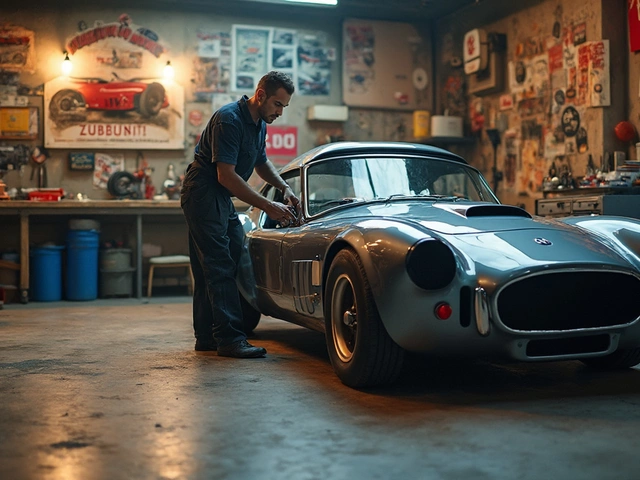Upholstery Cost Calculator
Budget Planner
Enter your budget to see which upholstery options match your needs
Matching Upholstery Options
Quick Takeaways
- Start with a clear budget and style vision.
- Choose upholstery material that fits both look and wear‑resistance.
- Lighting can transform mood without major structural changes.
- Audio upgrades are a blend of sound quality and visual integration.
- Professional installation reduces costly rework.
Car customization is the process of tailoring a vehicle’s aesthetics and functionality to match the owner’s personal taste and lifestyle. While exterior mods grab headlines, interior styling delivers daily comfort and a sense of ownership every time you step behind the wheel.
1. Set the Foundation: Planning Your Project
Before you buy a new seat cover or flash a LED strip, sketch a budget spreadsheet. Break it into three buckets: materials, labor, and contingency. A realistic budget for a mid‑range sedan usually runs $2,000‑$5,000 for a full interior refresh.
- Define your style. Are you aiming for a classic leather lounge, a race‑track cockpit, or a tech‑forward lounge?
- Prioritize upgrades. Seats, lighting, and audio are the high‑impact areas that also influence resale value.
- Check fitment. Verify that aftermarket parts match your make, model, and year - especially steering wheel covers and gear shift knobs.
2. Seating Comfort and Upholstery Choices
Seat upholstery is the most visible interior element. It sets the tone for the whole cabin.
Popular options include:
- Premium leather - classic look, ages beautifully, but requires regular conditioning.
- Alcantara - a suede‑like synthetic that feels soft and is more resistant to UV fading.
- High‑quality vinyl - budget‑friendly, waterproof, great for pets.
When choosing, weigh durability, maintenance, and climate. In Melbourne’s mixed weather, a perforated leather seat offers breathability without sacrificing the premium feel.
3. Dashboard, Trim, and Steering Wheel
Dashboard trim upgrades range from carbon‑fiber overlays to brushed aluminium accents. Carbon fiber gives a motorsport vibe, while wood‑grain adds a warm, classic ambience.
Steering wheel upgrades (steering wheel covers) are a quick tactile improvement. Choose a wrap that matches your seat material - leather over leather, Alcantara over Alcantara - for a cohesive feel.
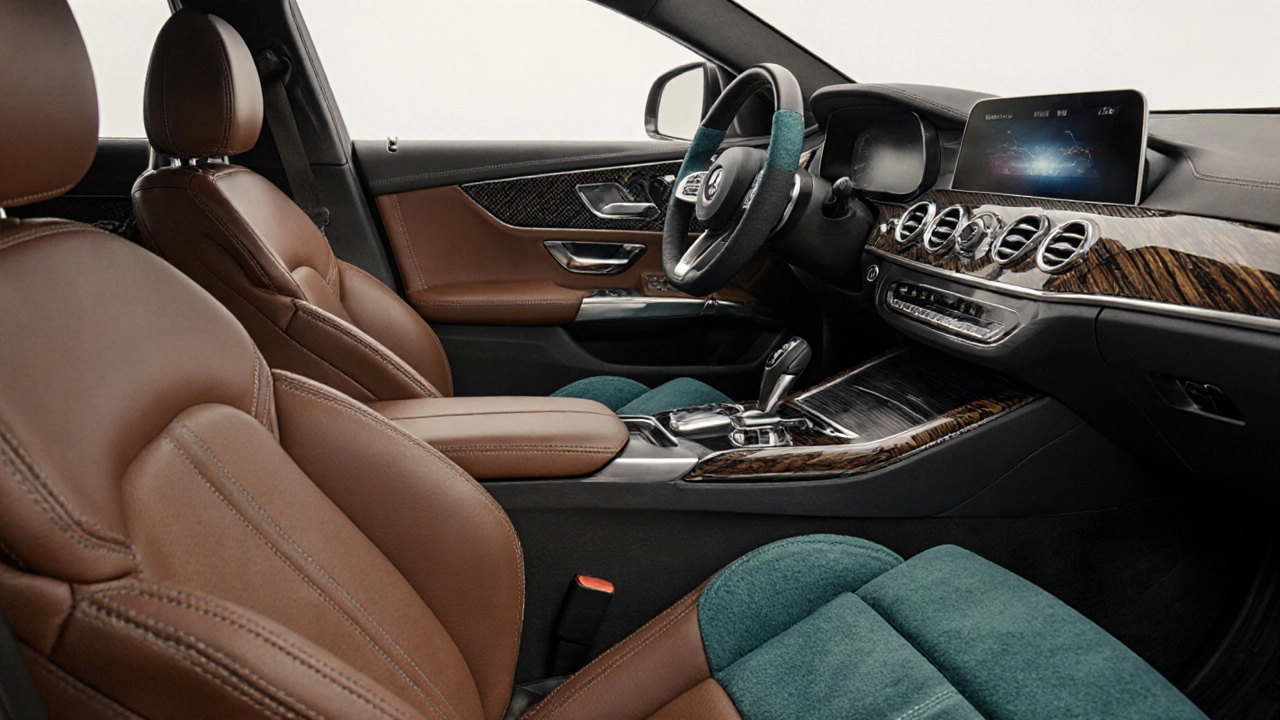
4. Light Up the Cabin: Ambient Lighting
Modern custom car lighting goes beyond functional illumination. RGB LED strips hidden behind the dash, footwell, or door panels can be programmed to match music beats or driving modes.
- Use waterproof, 12‑V LED strips with a dedicated controller for easy color changes.
- Integrate with the vehicle’s CAN bus for automatic colour shifts when you switch drive modes.
- Remember local regulations - avoid overly bright colors that could distract other drivers.
5. Audio and Tech Upgrades
Upgrading the auto audio system isn’t just about louder volume; it’s about clarity and integration.
- Replace the stock head unit with a touchscreen that supports Android Auto and Apple CarPlay.
- Install component speakers (woofer + tweeter) for a balanced soundstage.
- Add a compact subwoofer under a seat to boost bass without sacrificing trunk space.
- Consider a digital amplifier that automatically adjusts gain based on source input.
Matching the speaker grille color to the interior trim creates a seamless look.
6. Flooring, Mats, and Under‑Seat Trim
Floor mats protect carpet from wear and add visual flair. CNC‑carved carbon‑fiber or brushed‑aluminium floor plates are popular in performance builds.
- Rubber‑backed mats are practical for wet climates.
- Custom‑embroidered logos add a personal touch.
- Installation gutters keep the mats flush, preventing movement.
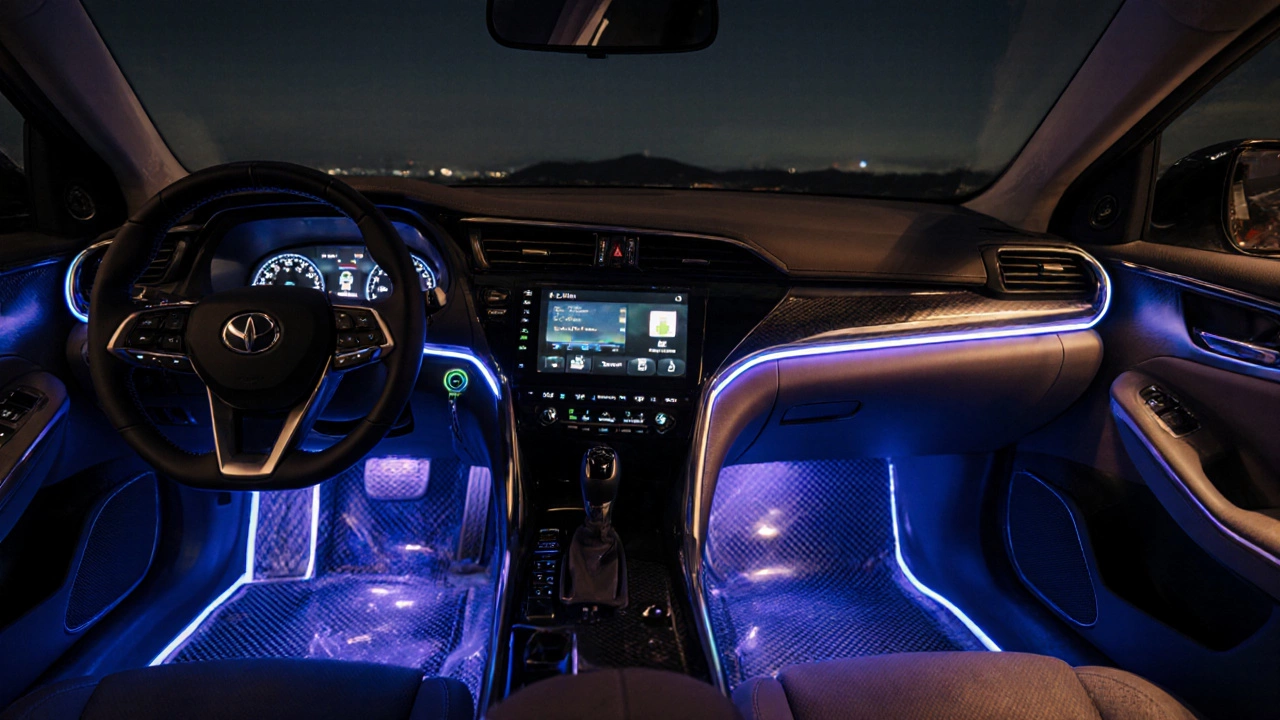
7. Materials Comparison: Upholstery Options
| Material | Cost (AUD) | Durability | Maintenance | Feel |
|---|---|---|---|---|
| Premium Leather | $1,200‑$2,500 | High (10‑15 yrs) | Conditioning every 6 mos | Luxurious, warm |
| Alcantara | $900‑$1,600 | Medium (7‑10 yrs) | Spot‑clean, occasional brush | Soft, suede‑like |
| High‑Grade Vinyl | $500‑$900 | Medium (5‑8 yrs) | Wipe with mild soap | Firm, water‑proof |
| Fabric (Standard) | $300‑$600 | Low (3‑5 yrs) | Vacuum, steam clean | Breathable, casual |
8. Pro Tips & Common Pitfalls
- Don’t skip the prep. Clean and de‑oil surfaces before applying any wrap or trim. A dirty base leads to premature peeling.
- Match colour temperature. When pairing ambient lighting with interior tone, cooler whites work best with dark trims, while warm amber suits lighter woods.
- Mind wiring gauges. For LED strips and audio amps, use the correct wire gauge to avoid voltage drop.
- Test fit before final glue. Clip‑on or temporary adhesive lets you verify alignment on seats, dash, and door panels.
- Document changes. Keep receipts and before‑after photos - they help with resale and insurance claims.
Frequently Asked Questions
Can I customize my car interior myself, or do I need a professional?
DIY is possible for simple tasks like swapping floor mats or installing LED strips. However, upholstery, dashboard trim, and audio integration often require specialised tools and expertise to avoid damaging factory components.
What upholstery material holds its value best?
High‑grade leather typically retains resale value the longest, especially when it is original‑equipment quality and well‑maintained. Alcantara follows closely for sports‑oriented models.
Are there legal limits on interior lighting colours?
In most Australian states, interior lighting must not be visible from the outside while the vehicle is in motion. Stick to subdued colours and ensure the lights dim when headlights are on.
How much does a full interior makeover typically cost?
For a mid‑range sedan, expect $2,000‑$5,000 covering premium leather seats, custom dash trim, ambient lighting, and an upgraded audio system. Luxury cars can exceed $10,000.
Will extensive interior mods affect my warranty?
Most manufacturers allow aftermarket accessories, but anything that alters structural components (like seat frames) could void relevant warranty sections. Always check the warranty booklet before proceeding.

